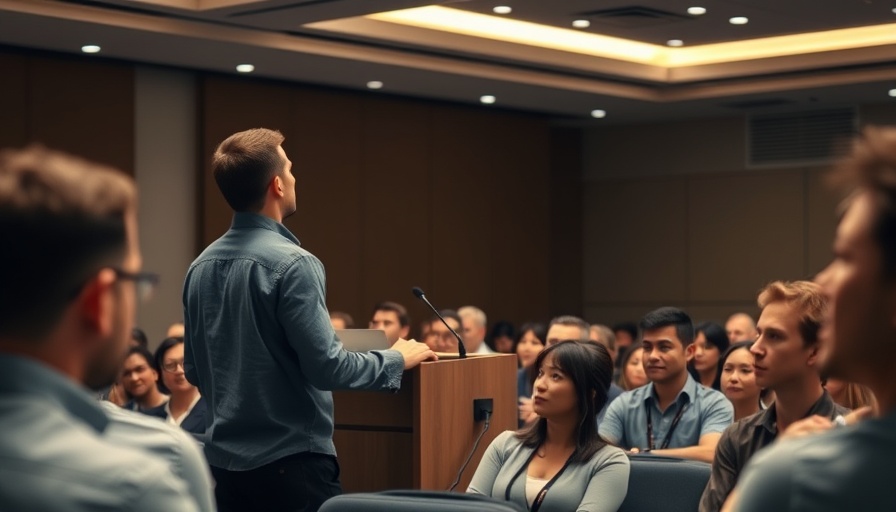
Fostering Empathy in Addiction and Homelessness Coverage
When discussing addiction and homelessness, the language we use matters. As health enthusiasts, recognizing the complexities of these issues is crucial to effectively championing health equity. At the recent Health Journalism 2025 conference, experts stressed the importance of cultivating empathy and understanding in media narratives about those experiencing substance use disorders and homelessness.
Unpacking Stigma: The Key to Compassionate Reporting
Stigmatization often oversimplifies the multifaceted nature of addiction and homelessness. Hannah Furfaro, a mental health reporter with The Seattle Times, highlighted how conventional tropes in journalism can flatten individual stories, stripping them of their humanity. By adopting a person-first language—such as "people living with addiction"—journalists can frame their narratives in a way that respects the individual and highlights their struggles.
The Role of Representation in Media Narratives
Elizabeth Green from the Big Cities Health Coalition reminded attendees about the powerful influence representation has on public perception. Research indicates that feelings about addiction can vary significantly based on how stories are framed. Therefore, providing a platform for diverse voices and experiences not only enhances storytelling but can also shift the public's preconceptions, paving the way for a kinder response to those battling addiction.
Strategies for Responsible Visual Representation
Visuals play a significant role in how narratives are conveyed. Laath Martin, a media relations expert from Long Beach, suggests that careful selection of images can change the narrative around homelessness and addiction. Instead of sensationalizing, it is crucial to choose visuals that evoke empathy and understanding.
Building Long-Term Relationships: A Journalistic Essential
Panelists unanimously agreed that cultivating long-term relationships with sources enriches storytelling. Engaging with individuals over time allows reporters to uncover the nuances of their experiences, ultimately leading to richer, more nuanced narratives. This approach not only humanizes the subjects but also sheds light on the systemic issues surrounding addiction and homelessness.
Actionable Insights for Media Professionals
For health reporters, these discussions acted as a crucial reminder of the power of journalism to effect change. Media professionals must focus on not just disseminating facts but also on the stories that uplift the human spirit. By approaching stories with empathy and recognizing their responsibility, the media can provide a voice to the voiceless.
What You Can Do: Communities Supporting Change
As we continue to advocate for those affected, it's vital to incorporate wellness practices into our own lives. Focusing on mental health, self-care, and mindfulness can create a ripple effect, fostering a compassionate community. Whether it’s through healthy eating or engaging in fitness classes, we can cultivate an environment of support and understanding.
Incorporate health-focused practices into your daily life to remain aligned with your health goals. Meditation, exercise, and a balanced diet can significantly impact emotional well-being, allowing you to support not only yourself but also your community as we work towards reducing stigma around addiction and homelessness.
Conclusion: Emphasizing Empathy for a Better Tomorrow
The discussions at the Health Journalism 2025 conference underline the need for a comprehensive understanding of addiction and homelessness. As health enthusiasts and storytellers, we all have a role to play in creating narratives that resonate with warmth and humanity. Let's strive to foster empathy in our coverage while advocating for healthy living and supportive communities.
 Add Row
Add Row  Add
Add 




Write A Comment